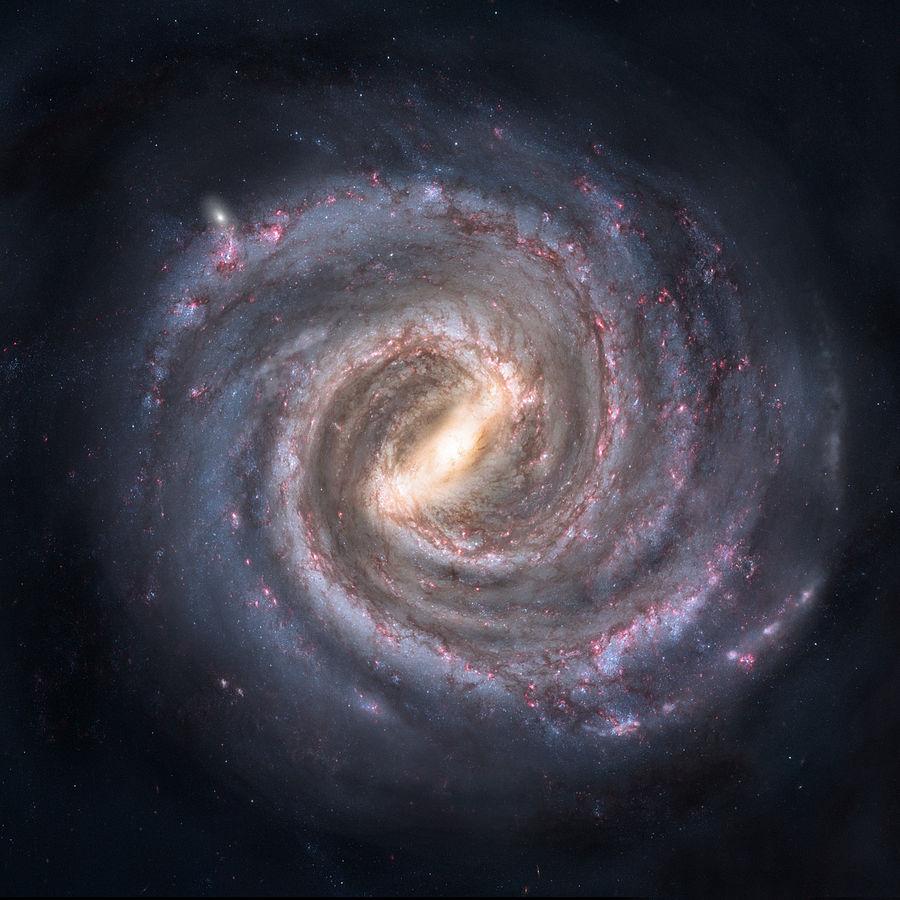Galaxies | 5/13/19-5/17/19
 |
| Perseid and Milky Way by TheBrockenInaGlory |
Summary:
The universal force in which holds a galaxy together is gravity. There are three main different type of galaxies, elliptical, spiral, and irregular galaxies. The galaxy in which Earth is in is the Milky Way which is a spiral galaxy. Stars in galaxies produce energy through nuclear fusion where hydrogen atoms fuse into helium atoms. In order to measure the distance between stars or other things in our galaxy we use light years which is the distance that light can travel in one year. However, when measuring things in our own solar system, we use astronomical units in which are equal to about 8.2 light minutes. In order for scientists to discover new planets, they use two main techniques, transit method and Doppler technique. Both of these techniques use stars to find planets rather than trying to look for the planets themselves. The Doppler technique uses the fact that as a planet orbits around a star, it causes the star to move around a common center of mass. This technique looks for how the star is moving closer and farther away from Earth to detect new planets. The transit method uses the fact that whenever a planet passes in front of a star it causes the brightness of the star to decrease by a very little amount. This method looks for how a stars brightness changes to discover new planets.
S&EP 2-Developing and Using Models:
This week in science I used simulation models on things that have to do with space. One example of this is a simulation that involved a star, a planet orbiting around it, and the axis angle in which you are looking at it occurring (the planet orbiting around the star). Another example of a simulation I used is displayed how the color of the visible light and its wavelengths change as a star is moving farther away and closer to Earth. Both of these simulations collected data that allowed me to see how the velocity of the star in terms how close and far away it is moving from Earth over time. Both of these simulations helped me to visualize and understand the movement of stars and their planets.
XCC-Cause and Effect:
This week in science I discovered two cause and effect relationships. The first one has to do with nuclear fusion and light within the sun. The cause is nuclear fusion which is the process in which four hydrogen atoms fuse into one helium atom within the core of a star. The Sun converts 700 million tons of hydrogen into 695 million tons of helium every second using nuclear fusion. This results in light being produced as the other five million tons is converted into energy in which can be seen from Earth in the form of light. The second cause and effect relationship I noticed has to do with how the mass of a planet effects the star that it orbits around. The cause of this relationship is how heavy the planet is, the affect is how much it moves the star. The larger the mass of the planet, the more the star moves, and the smaller the mass of the planet, the less the star moves.
Comments
Post a Comment